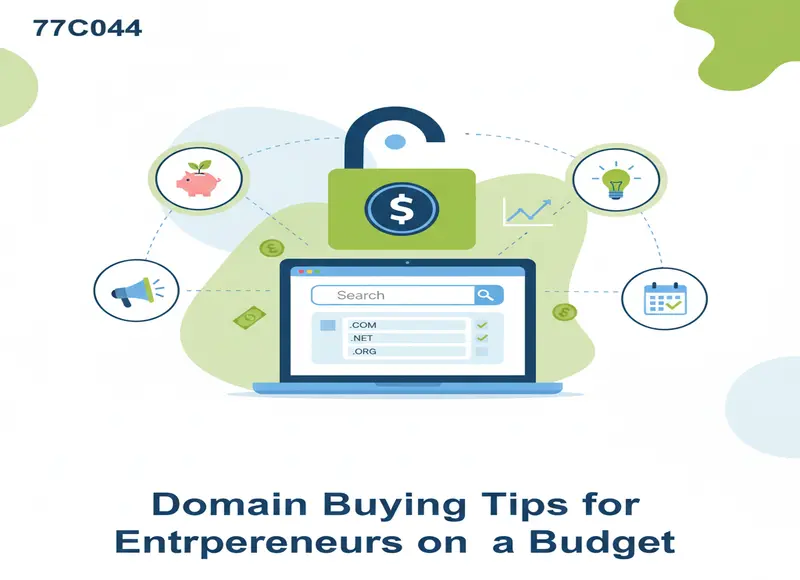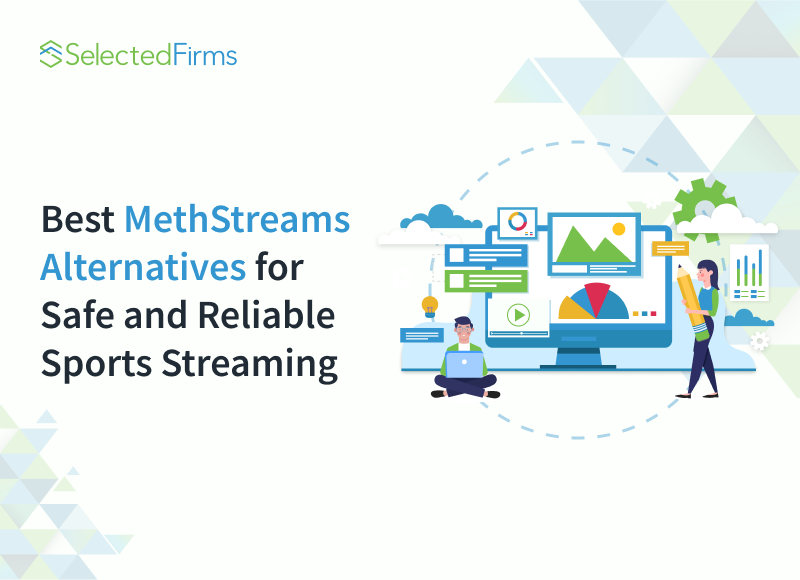Table of Contents
Hiring in-house developers may seem ideal, but hidden costs add up fast. Uncover the true price of building an internal tech team and why outstaffing offers a smarter, more scalable alternative.

Hiring in-house developers feels like the natural move when your tech team needs to grow. After all, who wouldn’t want their talent working side by side — virtually or otherwise? But here's the kicker: the costs of hiring an in-house developer can pile up in quiet, sneaky ways. From bloated overhead to delayed projects and hidden HR costs, many companies don’t realize how expensive it gets until it's too late.
If you're a tech lead, a mid-level manager, or a decision-maker tasked with expanding your team, you want to speak real money and options. We’ll break down the true cost of hiring an employee in-house and show you why IT outstaffing services might be the smarter, leaner alternative.
Why You Might Be Spending More Than You Think
We tend to think of compensation as the main cost of hiring someone. But that’s just the beginning. The costs of in-house hiring go well beyond what appears on a paycheck.
There are six additional expenditures behind an average developer hire.
1. Recruitment Costs
Finding tech talent doesn’t just happen. Even in the case of a bad hire, you pay for job ads, agency fees, and premium access to hiring platforms. Your internal HR and tech leads spend hours screening, testing, and interviewing — time they’re not shipping features or improving infrastructure.
Typical cost:
$4,000–$20,000 per developer.
2. Onboarding and Training
Every new developer needs time to learn your stack, tools, workflows, and culture. For 4 to 8 weeks, they’re not yet fully productive, and your senior engineers are tied up helping them ramp. You’re paying two people — the new hire and their mentor — while only one produces real output.
Typical ramp-up:
1–2 months of paid downtime.
3. Equipment and Tools
Laptops, monitors, licenses, VPNs, security tools, desks, chairs. They are before newcomers commit their first line of code. Even remote workers aren’t free from setup costs. Yet, this infrastructure overhead is often underestimated in budget planning.
Typical cost:
$2,000–$5,000 per developer.
4. Employee Benefits and Compliance
Health insurance, paid time off, sick leave, 401(k) contributions, and employer taxes add up to the costs of hiring an in-house developer. That $100k developer? They're actually costing you $125k to $140k annually.
Overhead:
25%–40% on top of salary.
5. Attrition and Turnover
In tech, it’s not if someone leaves — it’s when. The average developer stays just 1–2 years. Every exit disrupts your workflow and restarts the hiring hamster wheel. High churn means you’re constantly losing tribal knowledge and momentum.
Turnover cost:
50% to 200% of a developer’s salary.
6. Idle Time and Underutilization
Sometimes, projects slow down. And when they do, you’re still paying your full-time developers. It’s like keeping a race car idling in the garage, but still paying the pit crew.
Risk:
Paying for downtime you can’t afford.
Outstaffing vs Outsourcing: What’s the Difference and Why It Matters
Outsourcing often implies handing over an entire function, process, or project to an external vendor — with limited visibility or control. Think of it as a "done-for-you" model. While it can work for standardized, repetitive tasks, it doesn’t always align well with fast-changing product teams that require collaboration, control, and continuity.
Outstaffing, on the other hand, embeds external talent directly into your team. They follow your sprint cycles, attend your stand-ups, and report to your leads. You get the extended capability without giving up ownership. It’s the best of both worlds: flexibility like outsourcing, but control like in-house.
Why More Businesses Are Turning to Outstaffing
Outstaffing can cut the costs of in-house hiring. Yet, its main task is to protect your investments, give you agility, efficiency, and reach.
-
Cost Savings
Even if you’re paying a premium rate to an outstaffed developer, you skip the extras: no health benefits, no payroll taxes, no compliance headaches. It’s a flat, predictable cost, like renting a car instead of buying one. Sure, you pay for access, but you avoid the long-term upkeep, insurance, and maintenance. You get a specialist when you need them, and you're not footing the bill when you don't.
Now, here’s where it gets even more practical: top-tier outstaffing providers combine advanced AI tools with seasoned technical recruiters. AI handles resume parsing, candidate matching, and predictive assessments at scale. Human experts bring the judgment calls, culture fit insights, and final vetting. Together, this cutting-edge hybrid approach can reduce hiring time by up to 60%.
And here’s another bonus: replacement guarantees. If the specialist you hire doesn’t pass probation or drops out early, your outstaffing partner replaces them at no extra cost. No more starting over from scratch, no sunk costs, no disruption to your project. It’s a safety net built into the service.
That means you’re not just saving money—you’re protecting your investment. Every hire comes with backup, and your project momentum stays intact.
-
Global Talent Reach
With outstaffing, you’re not stuck hiring from your zip code or competing with local giants for the same ten developers. It lets you hire the best person for the job, whether they live in Toronto, Tbilisi, or Taipei. Sat, you require 2 Go developers urgently. There are none available locally, and job ads went unanswered for weeks. An IT outsourcing agency can find you two senior devs onboarded from Eastern Europe within 10 days.
-
Pinpoint Talent Acquisition
Need someone who knows both Kubernetes and embedded C++, plus has FHIR and HIPAA-compliance experience? Because outstaffing firms run thousands of interviews monthly, they already have these unicorns in their network, or they can match them to you fast.
-
Knowledge of Talent Market Trends
The best outstaffing firms know where the talent lives, what they expect, and how to close deals quickly. That includes benchmarked rates, local tax laws, and benefit norms, so you don’t overpay or make a bad offer.
-
Scalability Without the Strain
Hiring in-house often means overbuilding your team “just in case.” With outstaffing, you can scale up or down depending on project needs, without layoffs or downtime.
Risk Mitigation via Outstaffing Partnerships
With in-house hiring, your company takes all of the risk: a terrible hire, a candidate who disappears after a month, or someone who proves to be a cultural or technical mismatch. Not to mention employment laws, tax compliance, and local labor standards if you're recruiting globally.
Outstaffing shifts these responsibilities. Providers manage all paperwork, compliance, local payroll, and personnel replacement at no additional expense. Many companies also include trial or probationary periods in their contracts, guaranteeing that you never pay for poor performance.
This reduces the risks associated with scaling your team, especially in unpredictable economic situations or high-stakes development cycles.
Is In-House Hiring Quietly Becoming Yesterday’s Playbook?
In-house hiring isn’t going extinct; it just doesn’t have to carry the whole load. Many companies are finding that a blended model works better: keep your core team close, and outstaff for extra firepower. It’s a smart move during product launches, system overhauls, or any time the workload balloons, but you don’t want to lock into long-term hires.
Recent Blogs
12 Best MethStreams Alternatives for Safe and Reliable Sports Streaming in 2026
-
18 Dec 2025
-
12 Min
-
36
Real World Digital Transformation Use Cases in Real Estate, Tech, and Recruiting
-
17 Dec 2025
-
6 Min
-
143








